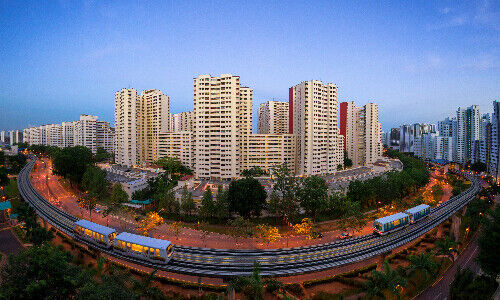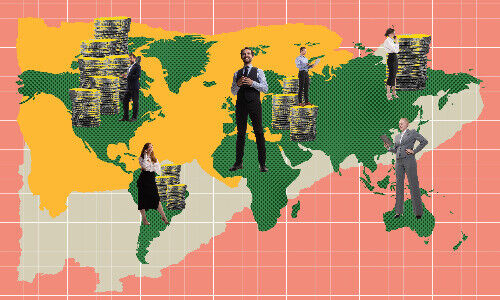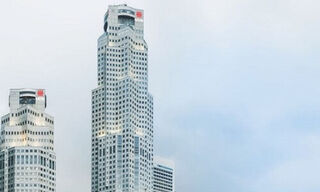Asia’s Housing Squeeze: the Price of Urban Progress
Asia’s urban boom tells a story of prosperity — and pressure. From Singapore to Seoul and Bangalore, the race for space is redefining how and where people live. What’s the story behind?
The 2025 DWS «Housing Affordability Review» finds that while global rental pressures are mounting, Asia remains the least affordable region in the world, driven by density, inequality, and limited housing supply.
Yet within that headline lies a striking divide: Singapore tops the global ranking in residual income after rent, while Indian and Chinese megacities languish at the bottom. The message is clear – Asia’s growth miracle is testing the limits of urban liveability.
Singapore – Wealth, Structure and the Power of Planning
Singapore stands out as a paradox. The city-state has one of the world’s highest private rent levels, yet its residents also enjoy the greatest disposable income after rent – over $8,000 (PPP).
How is this possible? A unique housing model built on strong governance and public ownership. Nearly 77 percent of Singaporeans live in subsidised public housing, keeping overall affordability resilient even as private rents surged by 50 percent over five years. Foreign professionals, not locals, shoulder most of the rental burden — a reminder that the city’s affordability story is as much about who rents as what they rent.
Bangalore – Innovation’s Hidden Cost
Bangalore, India’s «Silicon Valley», captures both the promise and peril of rapid growth. The city of 13 million thrives on tech-driven opportunity, yet faces a worsening affordability gap. With rents consuming around 44 percent of disposable income, many residents are priced out or pushed into informal housing.
Still, for the city’s well-paid digital class, affordability looks very different. New metro lines and global venture capital have created micro-markets where convenience outweighs cost. But the overall picture remains uneven – a reminder that economic dynamism alone cannot fix housing inequity.
Osaka – Japan’s Quiet Revival
Tokyo may dominate headlines, but Osaka is quietly emerging as Japan’s new economic magnet. Population inflows and infrastructure investment ahead of Expo 2025 are driving demand — and rent. While the city’s affordability ratio of 32 percent seems healthy, limited residual income tells another story: many households have less than $2,700 (PPP) left after rent.
With tourism and wages on the rise, Osaka’s housing market is heating fast. For investors, that means opportunity – but also a cautionary tale about growth outpacing income.
Asia’s Affordability Divide
The DWS study’s data reveals a region split between world-leading prosperity and deep-rooted housing strain. Australian cities such as Brisbane, Melbourne and Sydney rank among the world’s top five for rental affordability, while much of mainland Asia falls well below global averages.
Cities like Hong Kong, Bangkok and Mumbai are among the least affordable on earth – with rents consuming more than two-thirds of household income. High density, limited supply, and speculative investment continue to push the dream of homeownership further out of reach.
The Road Ahead – Balancing Growth and Liveability
Asia’s urban future depends on more than cranes and credit. The next phase of development must focus on inclusive housing policies, institutional transparency and investment in affordable rental stock.
As the DWS report concludes, affordability is not just an economic issue – it’s a test of social cohesion and long-term sustainability. In the world’s most dynamic region, keeping cities liveable may prove the ultimate measure of progress.




























